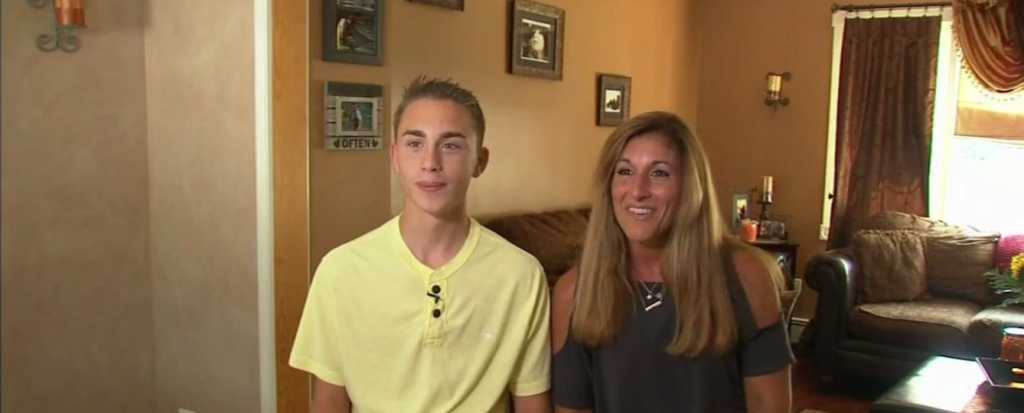Stacy Allen was having severe head and neck pain along with some blurry vision. She doesn’t remember how she got to the bathroom. That’s where her teenaged son found her, lying on the floor. Neither of them had any clue she just had a massive brain aneurysm.
Stacy credits her 16-year-old son, Thomas, with saving her life because of his quick reaction.
“I had never seen my mother in that much pain,” he said to ABC7 News. “We worked together and it all worked out thank gosh.”
Her son’s life lesson: take nothing for granted.
“Every day I wake up, I think gosh, I still have my mom; I come home, I am so happy to tell her how my day was when I get home. It means everything that we still have each other,” the teen said.
It was a horrible ordeal, but Thomas has gained some new and important life perspective because of it.
How do you know if you’re having symptoms? We looked to the heavyweight medical non-profit and research center the Mayo Clinic for a detailed explanation.
The Clinic classified a BA as: “a bulge or ballooning in a blood vessel in the brain. It often looks like a berry hanging on a stem.
A brain aneurysm can leak or rupture, causing bleeding into the brain (hemorrhagic stroke). Most often a ruptured brain aneurysm occurs in the space between the brain and the thin tissues covering the brain. This type of hemorrhagic stroke is called a subarachnoid hemorrhage.
A ruptured aneurysm quickly becomes life-threatening and requires prompt medical treatment.”
Some symptoms include, a headache, blurred or double vision, sensitivity to light, loss of consciousness or confusion.



